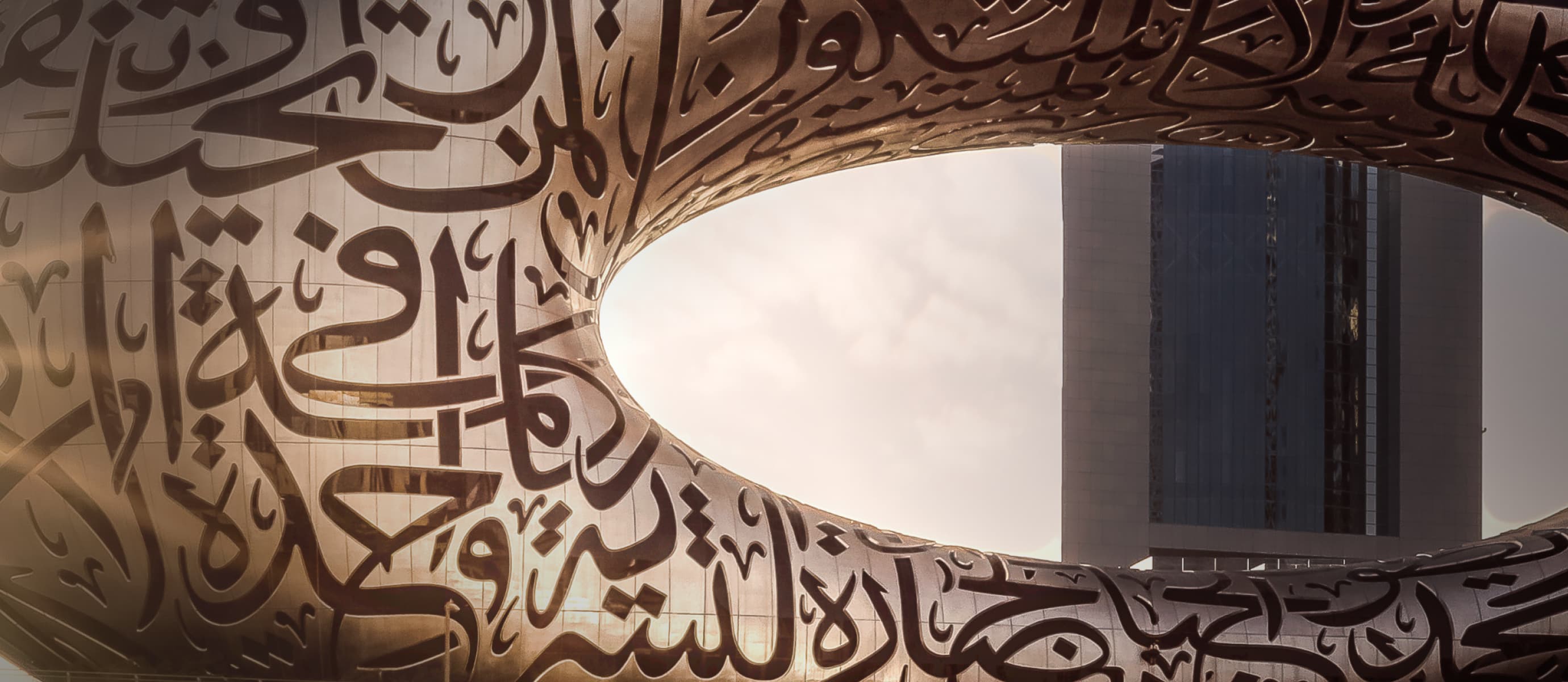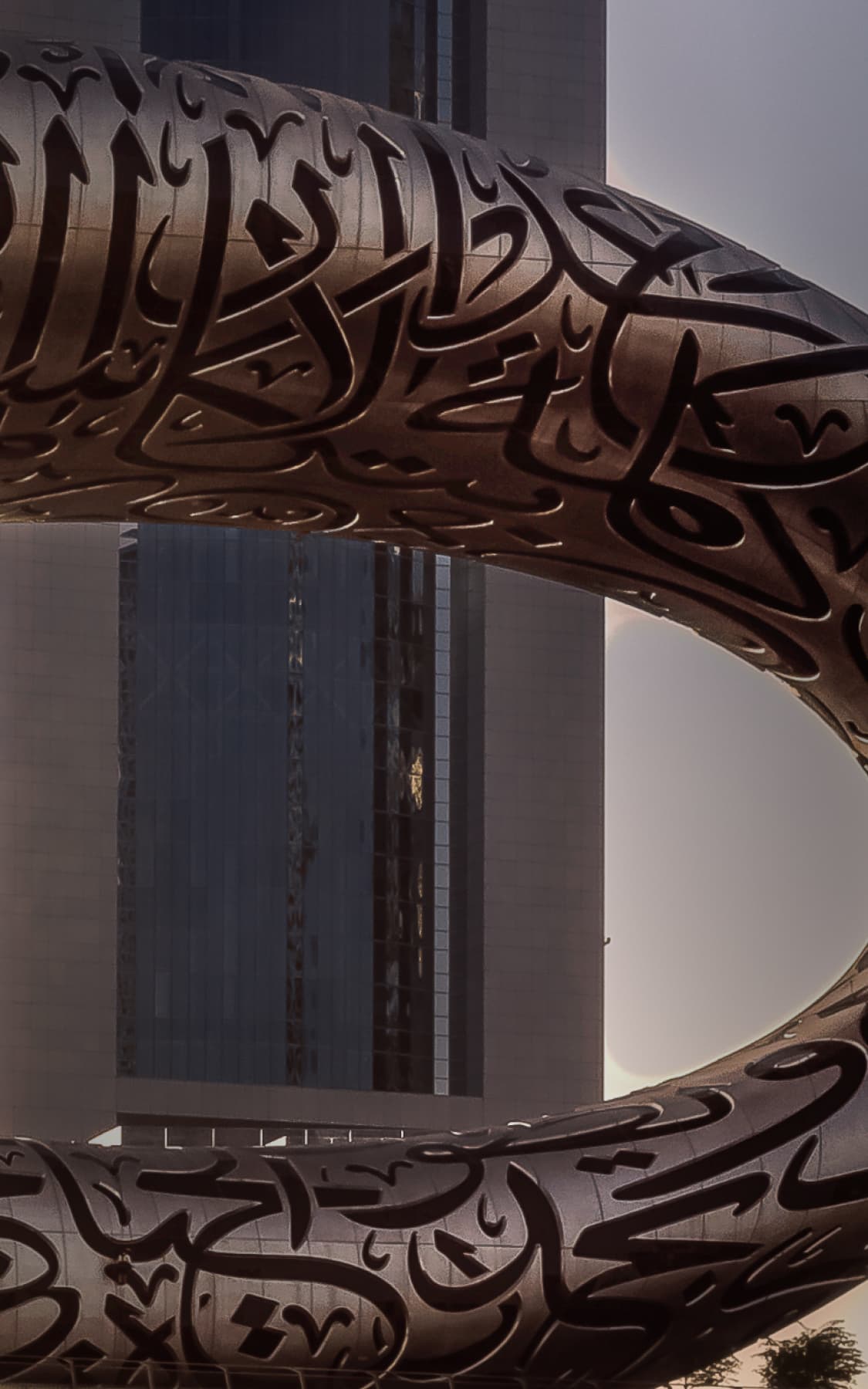
13:33
Samsung regains top position in global smartphone market, IDC reports

13:18
Apple removes Game Boy emulator iGBA from App Store over violations

19:47
Telegram unveils a unique editor for creating stickers

13:13
Samsung to bring AI features to older Galaxy devices in May

13:13
Spotify teases lossless audio in an optional "Music Pro" add-on

13:43
Meta tests an AI-powered search bar in Instagram

13:33
Samsung regains top position in global smartphone market, IDC reports

13:18
Apple removes Game Boy emulator iGBA from App Store over violations

19:47
Telegram unveils a unique editor for creating stickers

13:13
Samsung to bring AI features to older Galaxy devices in May

13:13
Spotify teases lossless audio in an optional "Music Pro" add-on

13:43
Meta tests an AI-powered search bar in Instagram
13:33
Samsung regains top position in global smartphone market, IDC reports
13:18
Apple removes Game Boy emulator iGBA from App Store over violations
19:47
Telegram unveils a unique editor for creating stickers
13:13
Samsung to bring AI features to older Galaxy devices in May
13:13
Spotify teases lossless audio in an optional "Music Pro" add-on
13:43
Meta tests an AI-powered search bar in Instagram
13:33
Samsung regains top position in global smartphone market, IDC reports
13:18
Apple removes Game Boy emulator iGBA from App Store over violations
19:47
Telegram unveils a unique editor for creating stickers
13:13
Samsung to bring AI features to older Galaxy devices in May
13:13
Spotify teases lossless audio in an optional "Music Pro" add-on
13:43
Meta tests an AI-powered search bar in Instagram
OpenAI’s machine learning tool DALL-E has added a new function to its text-to-image AI model that lets the system analyse any given picture and expand its borders by generating new visuals.
Previously, DALL-E was able only to take an image and create different variations of it inspired by the original, as can be seen on the following pairs of classic paintings and images created by OpenAI's instrument.


Now, DALL-E can help recreate the environment beyond the picture frame. The Verge, published an image of what’s outside the frame of Johannes Vermeer’s portrait “Girl with a Pearl Earring.” The system was able to match Vermeer’s style, mimicking the shadows and highlights of the original.

It is, however, worth noting that the system is not generating these extensions just by itself. As with all text-to-image AI, the model requires that humans describe the new visuals. August Kamp, the artist responsible for updating the Dutch artist's painting had to expand the image in small sections at a time, often redoing DALL-E’s generations in order to get the outcome she wanted.
Many text-to-image AI models like Midjourney and Stable Diffusion can perform the same essential function as outpainting, but, unlike DALL-E they require a lot of manual actions.
Some of the users started experimenting with other famous paintings. Check the gallery to see them all.



DALL-E can also expand photographs and drawings like the ones you can see below.


You can become an artist yourself by downloading DALL-E via a beta programme. Each beta user gets 50 free image generations in the first month, then 15 additional uses each month after.
Editor’s pick























